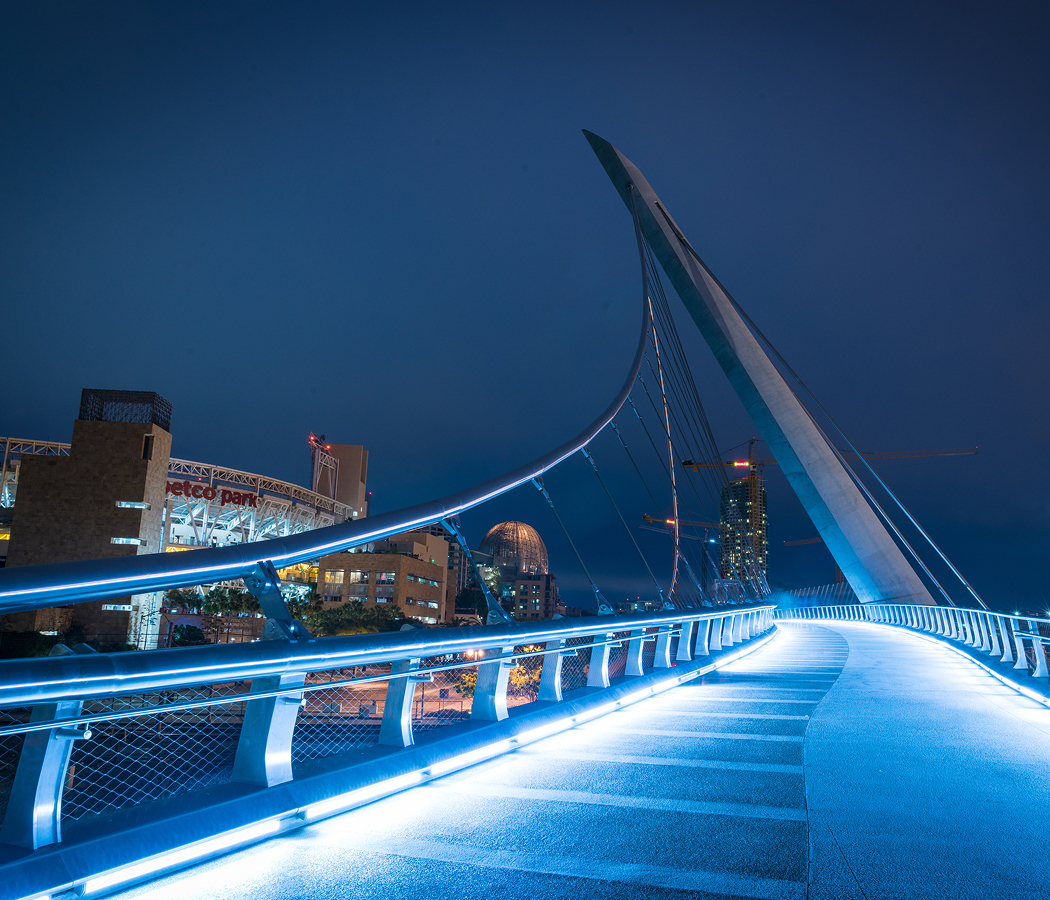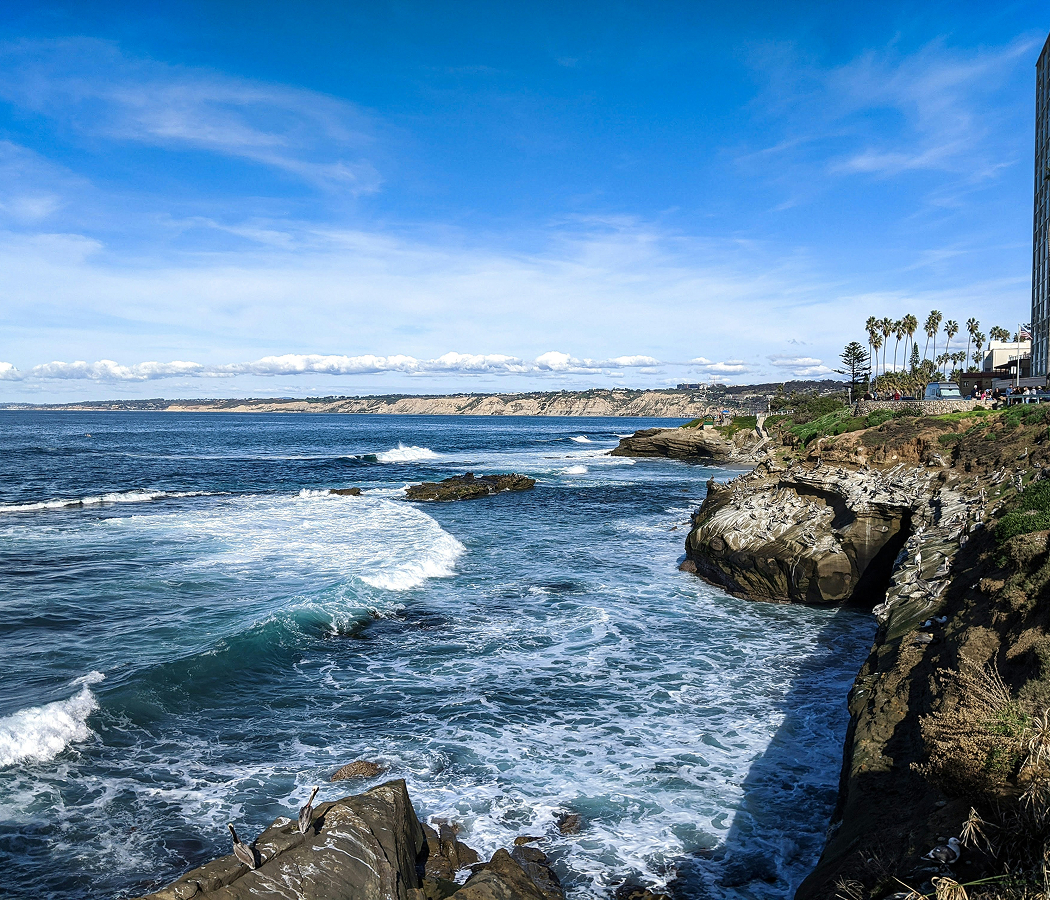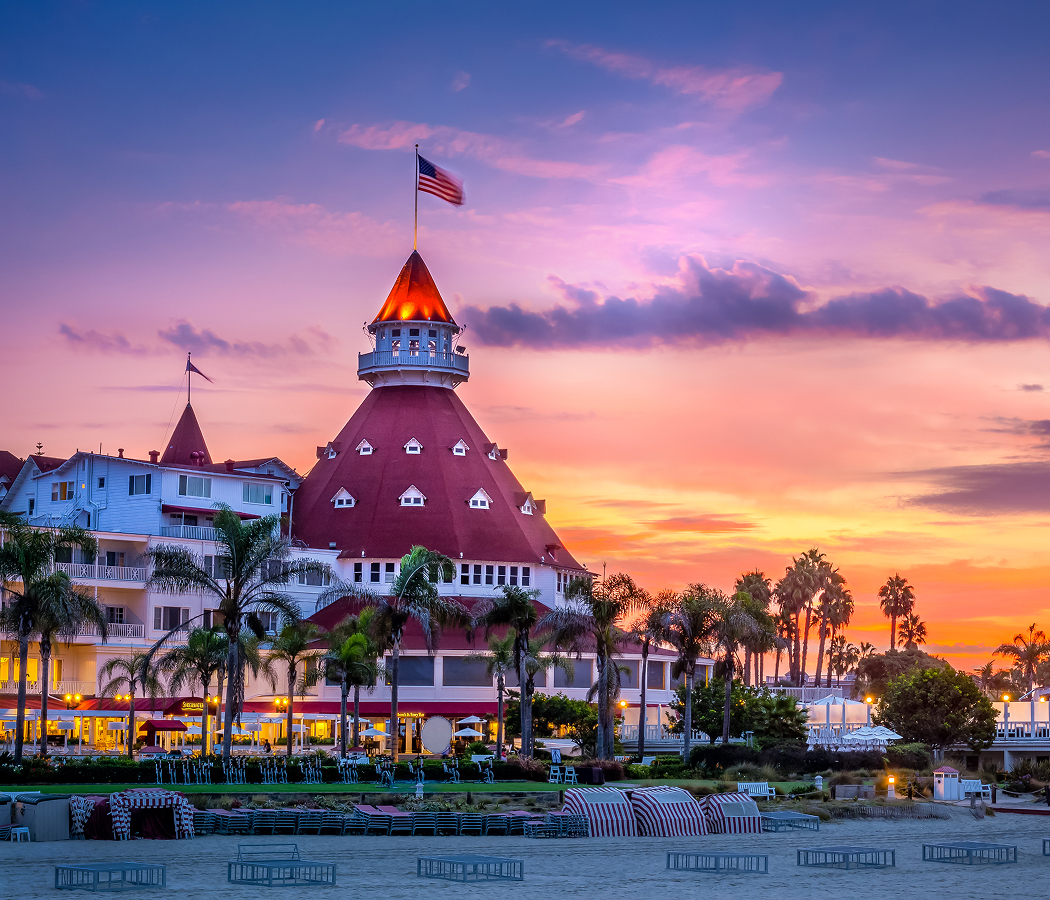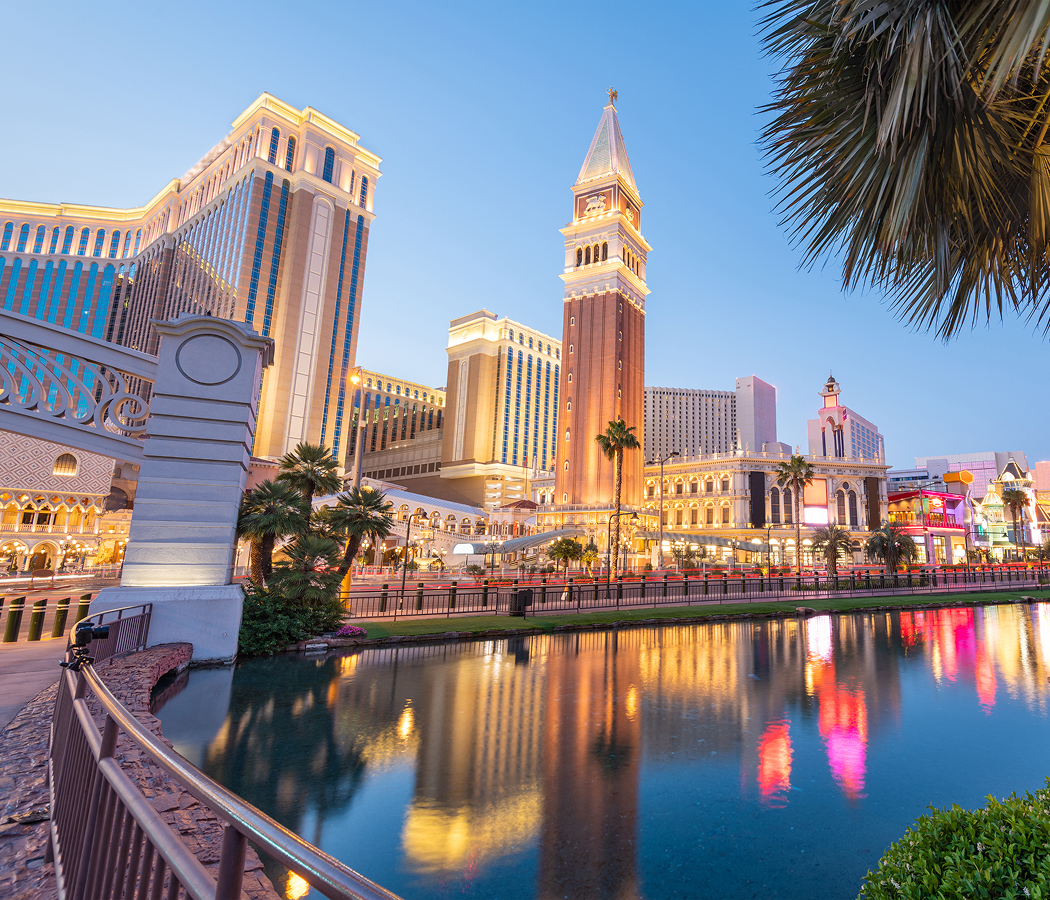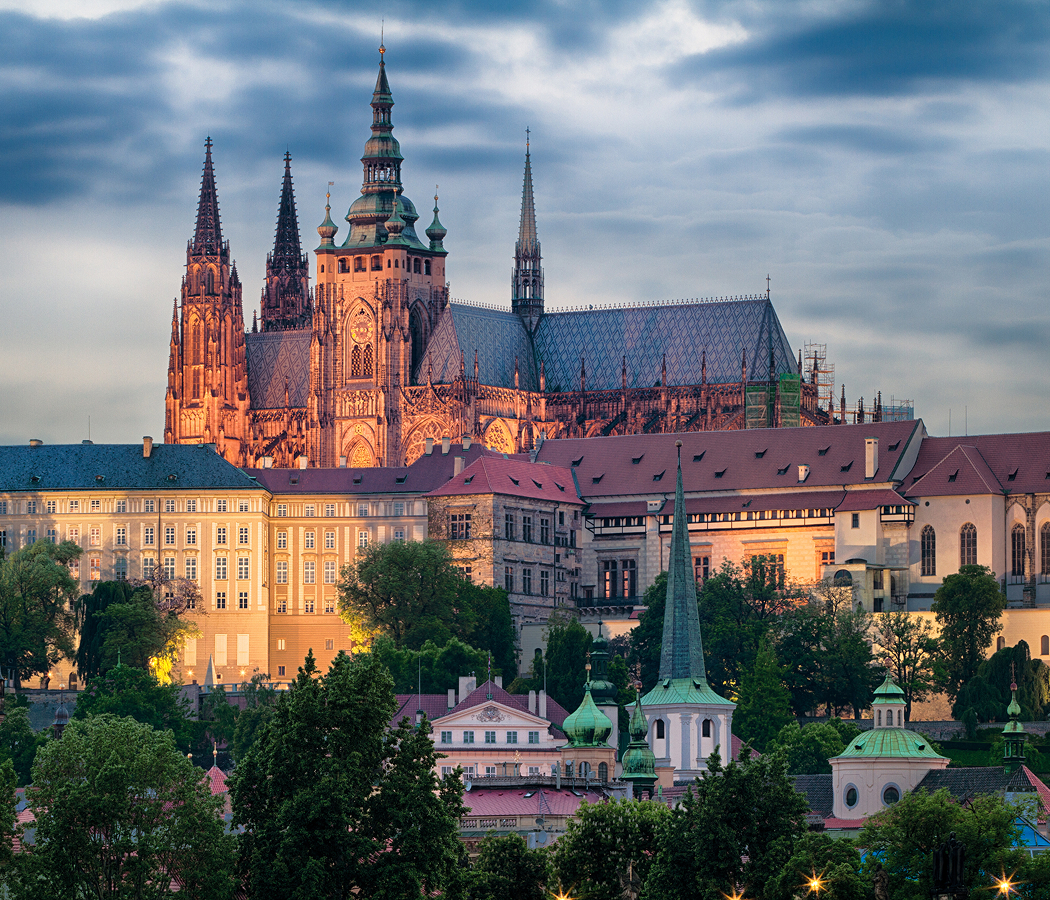
Why you should experience Griffith Observatory in Los Angeles.
Griffith Observatory isn’t just an observatory, it’s Los Angeles’ temple to the cosmos, where science, art, and wonder meet beneath the California sky.
Perched atop Mount Hollywood in Griffith Park, the observatory commands one of the most iconic views in the world, the sprawl of Los Angeles shimmering below, the Pacific glinting in the distance, and the Hollywood Sign resting proudly across the canyon. Since its opening in 1935, it has become more than a scientific institution, it’s a cultural landmark, a cinematic backdrop, and a sanctuary for dreamers who still believe in the magic of looking up. Inside, visitors trace humanity’s journey from stargazing myth to cosmic understanding: Foucault’s Pendulum swinging silently beneath the dome, bronze busts of Einstein and Galileo standing watch, and immersive planetarium shows that transport audiences to the farthest reaches of space. Whether you come for the telescopes, the exhibits, or the view, Griffith Observatory captures that rare feeling, that the infinite is right at your fingertips.
What you didn’t know about Griffith Observatory.
Behind its romantic glow lies a story of philanthropy, vision, and accessibility that forever changed public science education.
The observatory was the dream of Griffith J. Griffith, a Welsh-born philanthropist who donated both the land and the funds to create “a people’s observatory”, a place where everyone, not just scientists, could look through a telescope and ponder the universe. When it opened in 1935, admission was free, a tradition that continues to this day, making it one of the most democratic scientific institutions in the world. Its design, a blend of Greek Revival and Art Deco architecture, mirrors the duality of logic and beauty that defines astronomy itself. Over the decades, Griffith Observatory has served as both classroom and stage: it trained soldiers in celestial navigation during World War II, inspired generations of students, and became immortalized in films from Rebel Without a Cause to La La Land. Its recent renovation in 2006 expanded its underground galleries and digital capabilities, ensuring that while its spirit remains timeless, its technology keeps pace with the stars.
How to fold Griffith Observatory into your trip.
To experience Griffith Observatory at its fullest, time your visit with the day’s changing light, it’s a place that transforms with every hour.
Arrive in the late afternoon and hike or drive up through Griffith Park, where trails wind through sage and eucalyptus toward the domed silhouette above. Begin your visit inside, exploring exhibits on the solar system, gravity, and the evolution of telescopic discovery. Catch a show in the Samuel Oschin Planetarium, a breathtaking immersion into the universe that feels more like theater than science. Step outside to peer through the Zeiss refracting telescope, especially near dusk when the sun’s last light fades and the first stars emerge over the basin. As night falls, stand along the terrace and take in the panorama, Los Angeles glittering below like a galaxy turned upside down. Whether you come for astronomy, photography, or simple wonder, Griffith Observatory offers one of the most humbling perspectives in the world: proof that the closer you get to the stars, the more extraordinary the Earth becomes.
Hear it from the Foresyte community.
Whole city laid out like it’s on display and you just lean over the rail like damn that’s a lot of lights. The dome glowing behind you feels unreal and next thing you know it’s midnight.
Where meaningful travel begins.
Start your journey with Foresyte, where the planning is part of the magic.
Discover the experiences that matter most.




